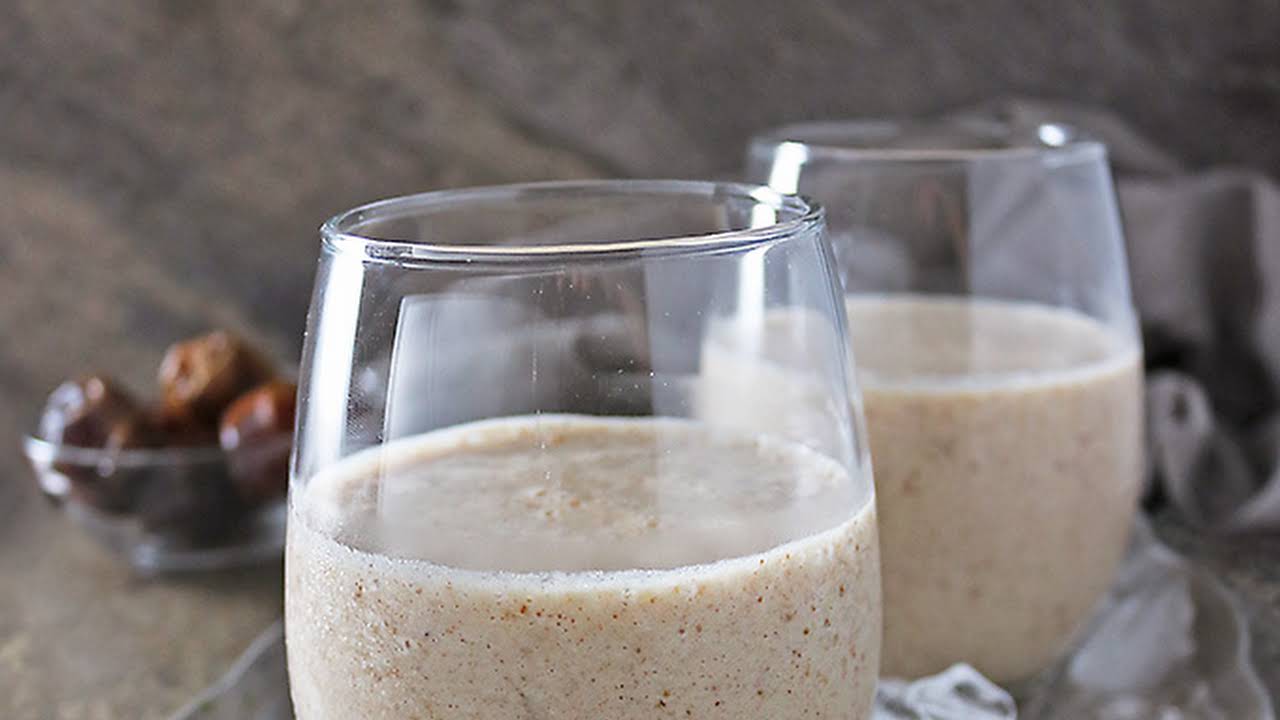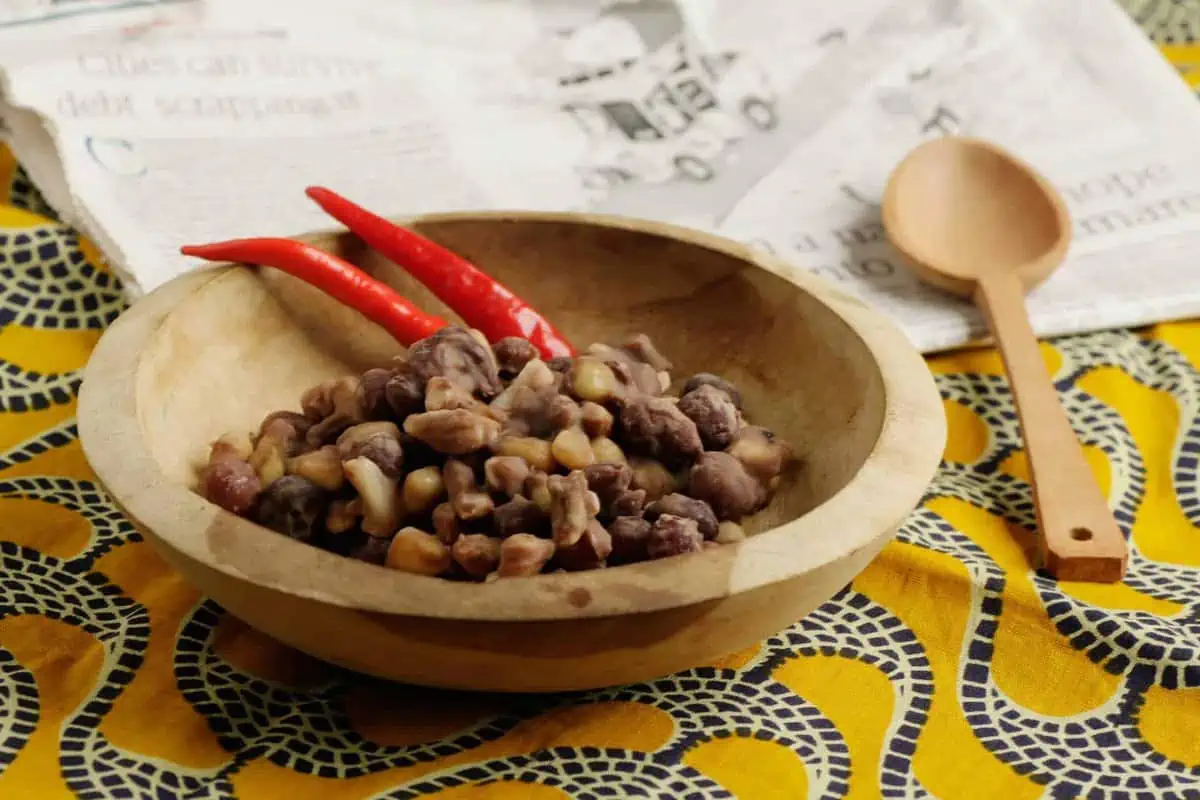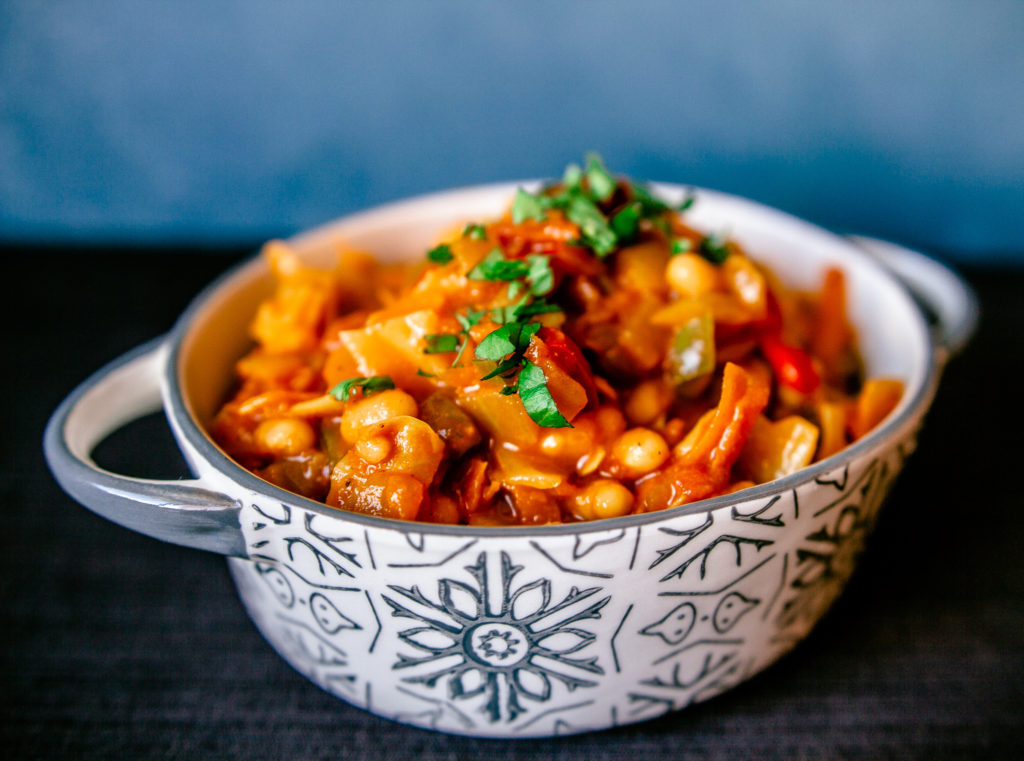Zimbabwean cuisine is a vibrant and flavourful mix of ingredients, spices, and cooking techniques that reflect the rich cultural heritage of the country. From savoury stews and hearty porridge to spicy curries and sweet desserts, Zimbabwean cuisine is a delicious journey through the diverse flavours and traditions of the country. With influences from its neighbouring African countries, as well as colonial and indigenous cultures – Zimbabwean cuisine is a fusion of flavours that is both unique and deeply rooted in tradition.
Some common Zimbabwean foods
Zimbabwe’s cuisine is varied and features a range of ingredients commonly eaten in homes and on the streets. Sadza, mukaka, vetkoek, maize, mopane worms, mabhonzo emombe, and kapenta are just a few examples of the diverse foods that can be found in Zimbabwe.
- Sadza: a thick porridge made from maize meal, usually eaten with meat and vegetables.
- Mukaka: curdled milk, can be eaten with sadza or rice, sweetened or as is.
- Vetkoek: a fried dough bun, often served as breakfast instead of bread.

- Mopane worms: a type of edible caterpillar that’s a common snack.
- Kapenta: tiny, salty, dried fish, usually sardines. Great in stews or as a snack.
- Mazondo: a signature Zimbabwean dish of slow-cooked cow heels with onion, tomato and spices.

Nhopi: a silky pumpkin and corn porridge (sometimes with peanut butter) that’s smooth, golden, and naturally sweet.
Nyama: A term used to describe a wide variety of meats, but most commonly referring to beef and goat meat.

Zimbabwean beverages
Zimbabwe’s got some thirst-quenching drinks that’ll hit the spot. Here are some of the most beloved beverages in the country:
Mahewu: a fermented, non-alcoholic drink made from leftover sadza or porridge paste with malted rapoko. Reminiscent of unfiltered kombucha when unsweetened.

- Mazoe: a popular concentrated juice drink made from oranges. It is the one drink that is synonymous with Zimbabwe and highly sought after by the Zimbabwean diaspora.

- Masese/Umqomboti: a traditional opaque beer made from maize and sorghum. Served at many celebrations and ceremonies.
How about a snack? Some delish Zim snacks include:
- Nzungu: roasted groundnuts (peanuts) that are often seasoned with salt.
- Mutakura: a wholesome mix of boiled corn, peanuts, Bambara nuts and cow peas.

- Mbambaira: boiled or roasted purple sweet potato.
Popular International Dishes in Zimbabwe
The British occupation of Zimbabwe (back when it was called Rhodesia) left its mark on the cuisine. Here are some British-influenced dishes that have become part of the Zim food scene: scones, fish and chips, bubble and squeak, trifle, shepherd’s pie and Cornish pasties.
The cuisine of Zimbabwe is a mash-up of its various ethnic groups, each bringing their own unique flavours to the table. The Shona love sadza, the Ndebele rock inyama yezomshado, the Tonga got their ifishimu game on, and the Kalanga are all about mbambaira. Each group has its own signature dishes and ingredients that reflect its rich cultural heritage.
How neighbouring countries spice up Zimbabwean flavours
Zimbabwean cuisine is a flavourful blend of diverse inspirations, incorporating a variety of ingredients and dishes from neighbouring countries. South Africa’s chakalaka is a spicy relish made with tomatoes, onions, and bell peppers that is very popular in Zimbabwe.

Mozambique’s matapa, a zesty cassava leaf dish, is another popular dish within the Zimbabwean culinary tradition. Beyond the immediate neighbouring countries, Zimbabwe has also adopted kachumbari, a vibrant salad made with onions and tomatoes from East Africa.
Now that you’ve been introduced to Zimbabwean cuisine, go out and try some!


